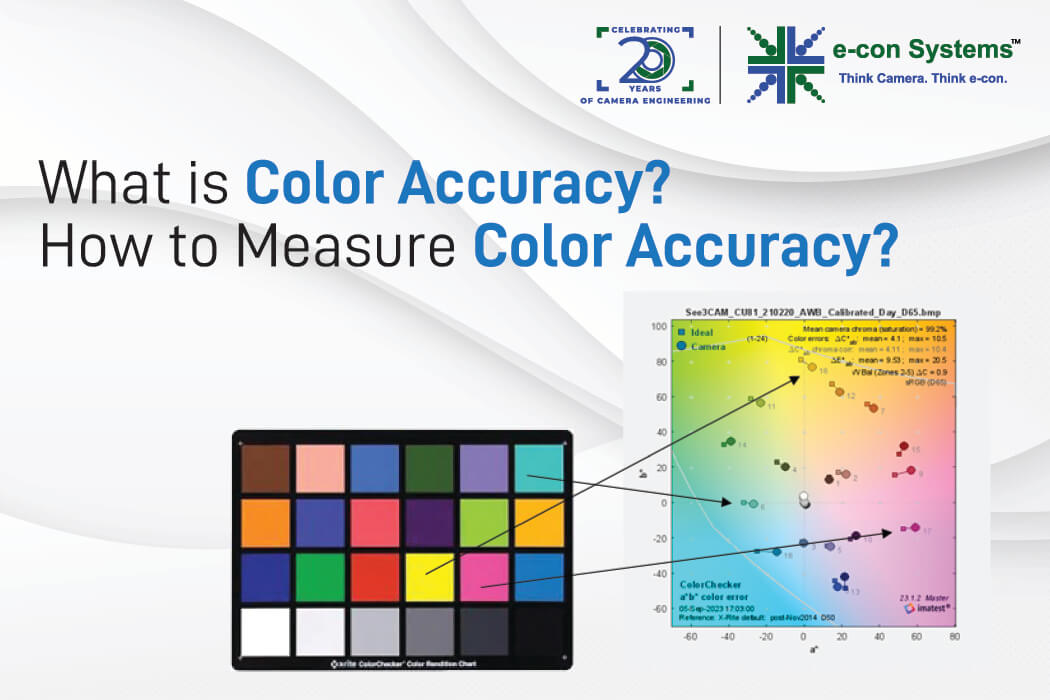Color accuracy of a camera is the measure of how accurately it can reproduce the color from the real world. In other words, it measures the degree to which the colors displayed or captured by a device match the intended or reference colors. Cameras need to have a supreme color accuracy to produce realistic and consistent images from the real world.
Accurate representation of color is essential for identifying and distinguishing objects or people, product inspection, color matching and for seamless quality-control. Color accuracy is often assessed using standardized color charts or targets. It is measured in terms of Delta E (ΔE), which quantifies the difference between the displayed colors and the reference colors. A lower Delta E value indicates better color accuracy.
Color accuracy can only be achieved by maintaining white balance and saturation at optimum levels. The color gamut, sensor characteristics, lens quality, calibration etc. are also other factors that influence it.
In this blog, we are exploring the factors that determine color accuracy and measures increase the same. Read on to know more!
What is White Balance? How Does It Influence Color Accuracy?
White balance is a camera setting that establishes the true color of white. This produces a baseline from which all other colors are measured. White may not appear “white” under all lighting conditions, so setting the white balance right helps correct this anomaly.
Achieving white balance (WB) involves removing the unrealistic color casts so that objects that appear white in person are rendered white in the photo. Proper camera white balance has to take into account the color temperature of a light source, which, in simple terms, refers to the relative warmth or coolness of white light. Let’s understand color temperature better.
Understanding Color Temperature
Color temperature refers to the characteristic color of light, often measured in Kelvins (K). It’s a way to describe whether a light source appears warm or cool. Where the warm light and cool light are differentiated as follows:
Warm Light (Lower Kelvins): Light with a lower color temperature, such as the warm hues of a sunrise or the light from incandescent bulbs, appears more reddish or yellowish.
Cool Light (Higher Kelvins): Light with a higher color temperature, like the light on a cloudy day or from fluorescent bulbs, tends to have a bluish or cooler tone.
Understanding color temperature is crucial for achieving accurate and appealing color reproduction in imaging devices. The white balance setting on the camera can be set to account for different color temperatures in various lighting conditions. For example, setting the white balance to a lower Kelvin value (warmer) when shooting indoors with incandescent lighting can help neutralize the orange tint often associated with such lighting.
Human eyes are very good at judging what is white under different light sources, but embedded vision cameras often have great difficulty with auto white balance (AWB). This can create unsightly blue, orange, or even green color casts.
What is Saturation? How is It Correlated to Color Accuracy?
Saturation refers to the intensity or vividness of colors in an image. Highly saturated colors appear vibrant, while desaturated colors appear more muted or grayscale. Lowering the saturation of a photo can have a muting or calming effect, while increasing it can increase the feel of the vividness of the scene. It is important not to over-saturate a photo, as sometimes it creates unnatural color spill-over effect as shown in the following images.
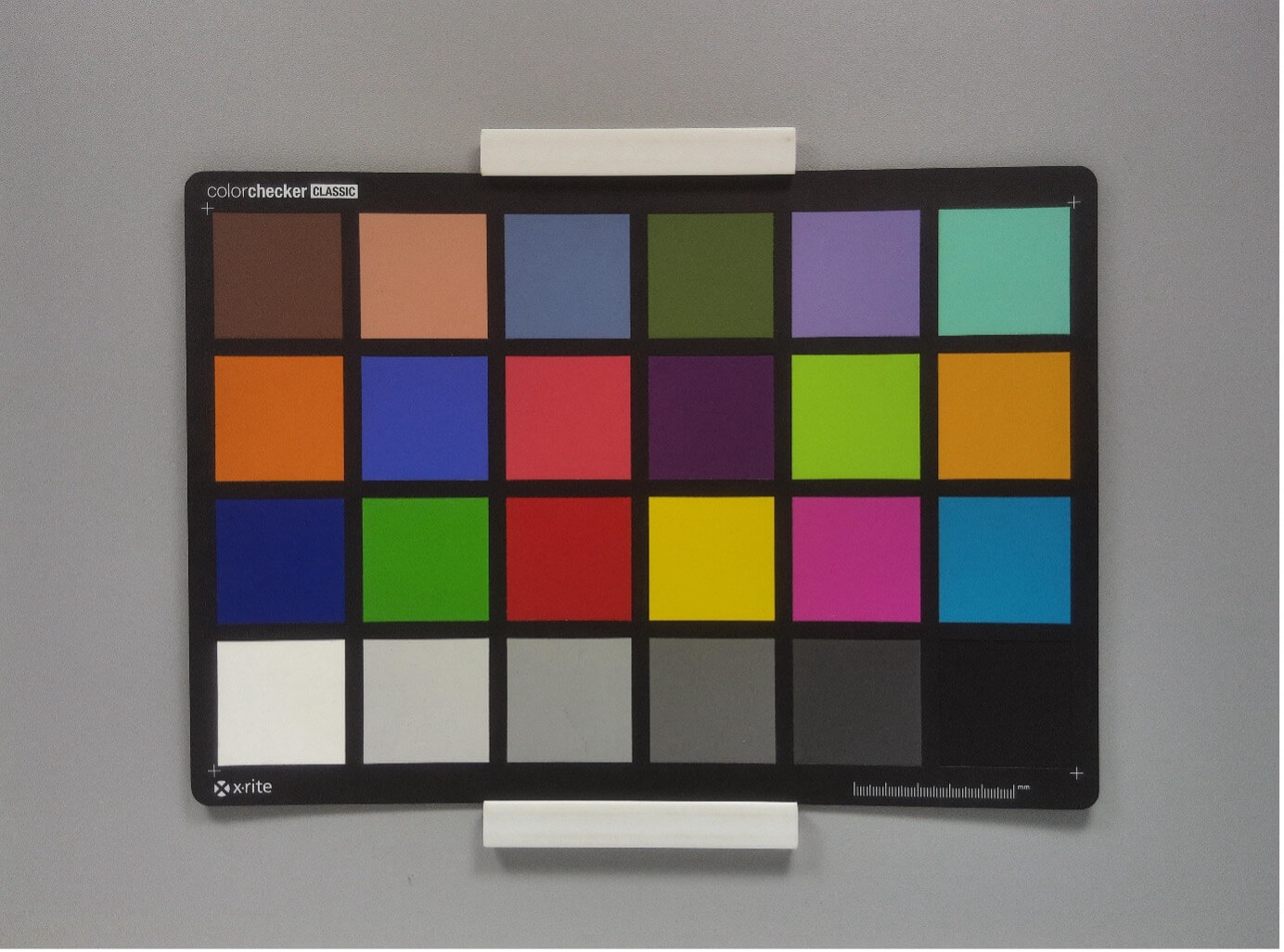 Figure 1: Ideal
Figure 1: Ideal
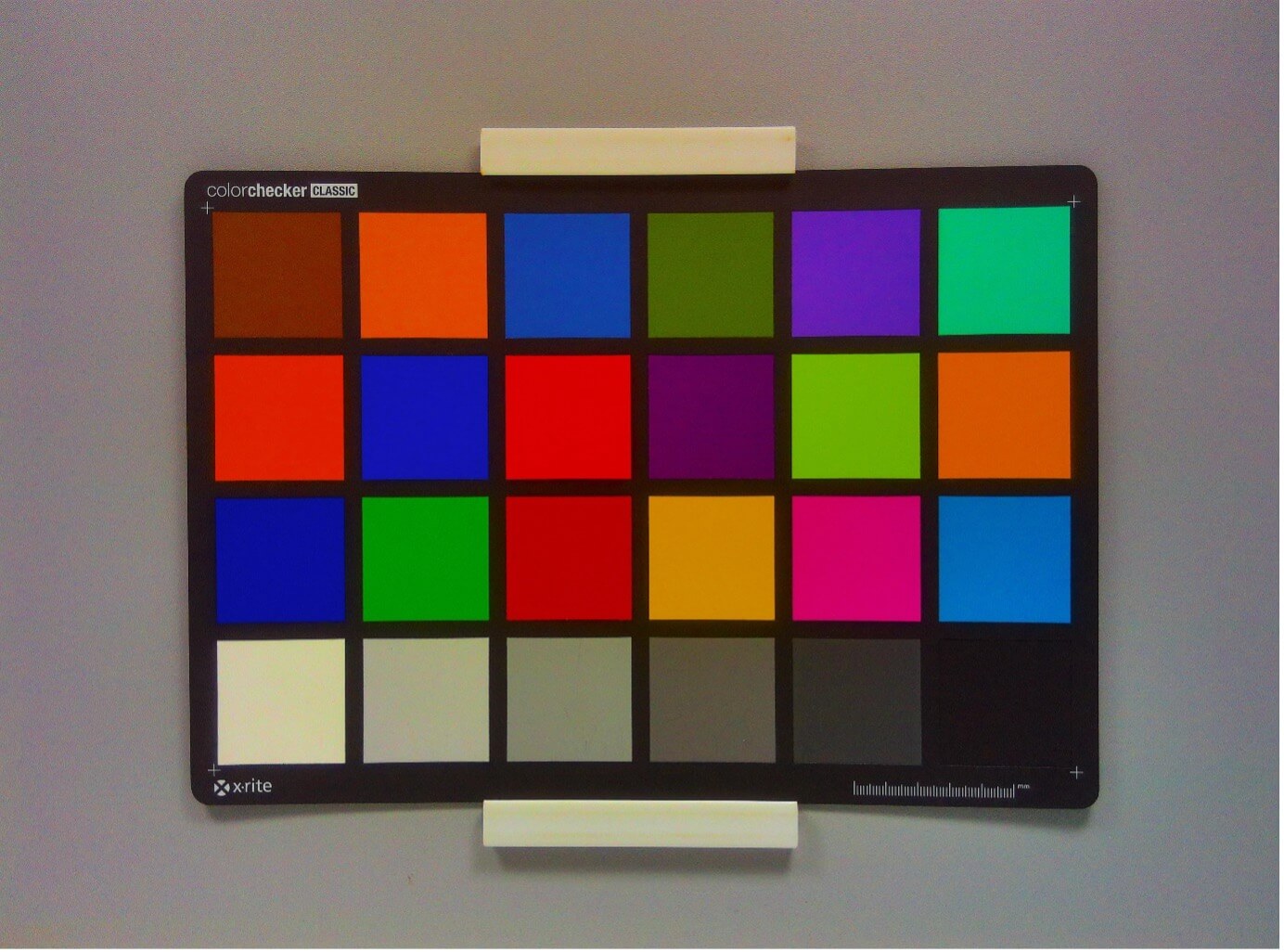 Figure 2: Oversaturated
Figure 2: Oversaturated
In applications like surveillance or medical imaging, where accurate representation is crucial to the decision making, maintaining an appropriate level of saturation helps in conveying visual information accurately without introducing unnecessary color distortions.
Saturation, when properly controlled, contributes to color accuracy. It represents the richness and vibrancy of colors as they appear in the real world. However, excessive saturation can lead to artificial and unrealistic color representations, impacting overall accuracy.
Remember, while accurate color reproduction is the primary goal, it’s also important to consider the intended aesthetic or purpose of the imaging.
Given below are other additional factors that impacts color accuracy.
Color Gamut: The color gamut of an imaging system refers to the range of colors it can reproduce. A wider color gamut allows a more accurate representation of a broader spectrum of colors.
Color Space and Profiles: Color spaces define the range of colors that can be represented, and color profiles provide instructions on how to interpret and display colors within a given color space. Understanding and adhering to industry-standard color spaces and profiles ensure consistency and compatibility across different devices and applications.
Sensor Characteristics: In the case of cameras, the characteristics of the image sensor play a crucial role in color accuracy. The sensor’s spectral sensitivity and noise levels can impact how well it captures and reproduces colors in different lighting conditions.
Lens Quality: The quality of the camera lens affects the transmission of light and can introduce optical aberrations. High-quality lenses help maintain color accuracy by minimizing distortions and ensuring that light is properly focused onto the image sensor.
Lighting Conditions: The lighting conditions during image capture or display significantly influence color accuracy. Different light sources have distinct color temperatures, and variations in lighting can introduce color casts.
Calibration and Profiling: Regular calibration of imaging devices is necessary to ensure consistent color accuracy over time. In calibration, the colors on our device’s monitor is measured and tuned with a standard set of color chart.
Image Processing Algorithms: The algorithms used for image processing, including color correction and enhancement, can impact color accuracy. Careful consideration of these algorithms and their parameters is necessary to avoid introducing artifacts or distortions.
Display Technology: For display devices, the technology used (e.g., LCD, OLED, LED) can affect color accuracy. Each technology has its characteristics, such as contrast ratios, and color uniformity, which can influence how colors are displayed.
How To Measure Color Accuracy?
Given below are the parameters that depict color error:
- ΔE (Total Color Difference): It’s a measurement of how much the captured color varies from the reference color. A lower Delta E means better color accuracy.
ΔE is calculated using formulas such as CIEDE2000 (CIE Delta E 2000) or CIELAB (CIE 1976 Lab*). CIEDE2000 and CIE 1976 (Refer Figure 4) are commonly used formulas for calculating color difference that takes into account differences in lightness, chroma, and hue. A ΔE value of 0 would mean a perfect color match.
- ΔC (Chromaticity Difference): It’s a measurement of how much a captured color can differ from its reference color by eliminating the luminance.
ΔC is calculated by eliminating the luminance component and considering only the chromatic differences between the captured colors and reference colors. ΔC is usually calculated using the difference in chromaticity coordinates such as Δa*, Δb*, Δu’v’, etc.
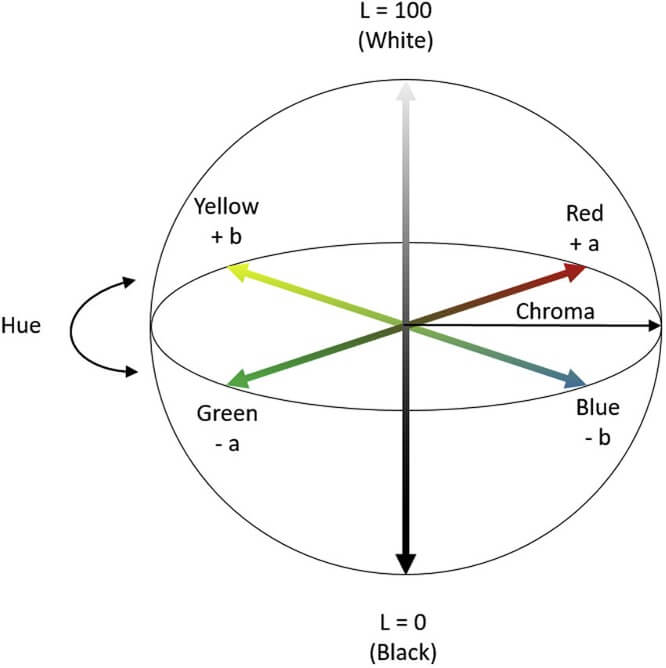 Figure 3: The CIE Lab Color Space Diagram
Figure 3: The CIE Lab Color Space Diagram
[Image Source: https://www.researchgate.net/figure/The-CIELAB-color-space-diagram-The-CIELAB-or-CIE-L-a-b-color-system-represents_fig1_338303610] 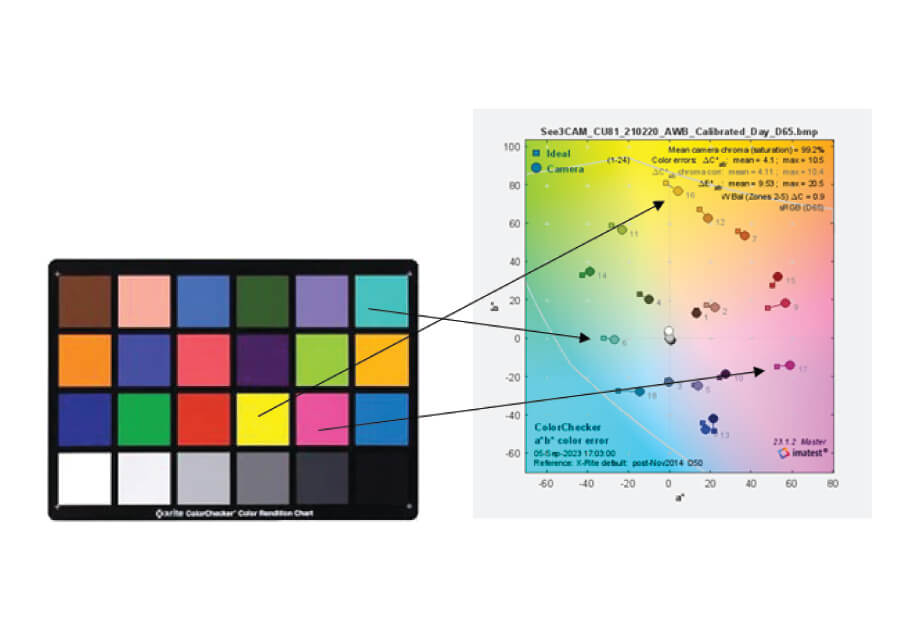
Figure 4: Color Accuracy Test Done for See3CAM_CU81 by e-con Systems IQ Team
e-con Systems’ Cameras That Help Achieve Color Accuracy
e-con Systems has 20+ years of experience in designing, developing, and manufacturing OEM cameras. One of our USPs is the ability to customize camera solutions to fit the exact needs of the clients, no matter the type of embedded vision system they are looking to build.
We also understand that image processing plays a vital role in ensuring the end image quality. Our team of experts ensures that every step can be taken for a fine-tuned processing, including gamma correction.
Check out e-con Systems color cameras, visit our Camera Selector Page.
Write to camerasolutions@e-consystems.com for more information and guidance.

Prabu is the Chief Technology Officer and Head of Camera Products at e-con Systems, and comes with a rich experience of more than 15 years in the embedded vision space. He brings to the table a deep knowledge in USB cameras, embedded vision cameras, vision algorithms and FPGAs. He has built 50+ camera solutions spanning various domains such as medical, industrial, agriculture, retail, biometrics, and more. He also comes with expertise in device driver development and BSP development. Currently, Prabu’s focus is to build smart camera solutions that power new age AI based applications.




